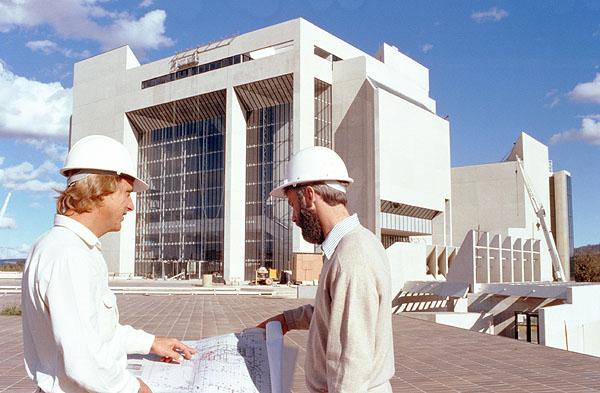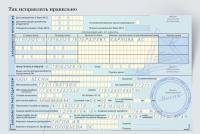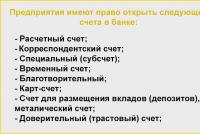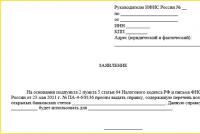What documents to issue the commissioning of fixed assets
The need to correctly take into account the received property, and then put into operation fixed assets is due to tax legislation. The last procedure will be discussed in the article. It should be noted that fixed assets (hereinafter referred to as OS) include objects with a price of more than 40 thousand rubles, and their service life is at least 12 months. The cost of other items can be written off once as material costs.
According to PBU 6/01, commissioning provides for the formation of the initial cost of assets on account 08. Here accumulate the actual costs of their acquisition and delivery. Receipt to this account is fixed by the following transactions:
Operation | Receipt document |
|||
Purchasing for a fee | ||||
Receipt of assets from the supplier | Sales contract, invoice |
|||
OS commissioning | Acceptance certificate No. OS-1 |
|||
Inflow from the founders |
||||
Receipt of fixed assets as authorized capital | ||||
OS commissioning | Acceptance certificate No. OS-1 |
|||
Household construction |
||||
Reflected the costs of building an organization | 71, 10, 02, 70, 69 | Expense reports, cash receipts, payroll records |
||
OS commissioning | Acceptance certificate No. OS-1 |
|||
Admission free of charge |
||||
Accounted for gratuitously received property | Contract of gratuitous transfer, donation |
|||
The main facility is put into operation | Acceptance certificate No. OS-1 |
|||
After the formation of the initial cost on the account. 08, an acceptance committee is created, the composition of which contains a written order for the commissioning of fixed assets. Based on this, form OS-1 (acceptance certificate) is filled out.

Sheet 1 includes the details of the supplier (deliverer) and recipient, the date and number of the order, general information about the object. These include: the date the object was registered, the account (sub-account) for analytics, the group for the All-Russian classifier, inventory and serial numbers.
There are three sections on sheet 2 summarizing the characteristics of the transferred object. The first of them is filled in by the transferring party, if it was previously operated. At the same time, the dates of issue, start of use, last overhaul, period of use after the fact, accumulated and cost expressions are indicated.
The next section is filled in by the recipient. The initial cost is indicated according to actual expenses from account 08 (excluding VAT). The expected life of new assets is determined according to the specifications. passport, for used ones - using the previous section (basically this is the difference between columns 5 and 4). Sometimes an organization needs to formalize the commissioning of fixed assets that have been written off. In this case, you have to independently determine the approximate period of their operation, based on the technical condition at the date of acceptance. Columns 3 and 4 contain the name and rate of deductions for depreciation.
The third section assumes the introduction of other information about the object, when there is a need to describe in more detail its valuable qualities or other characteristics.
Sheet 3 contains the results of the tests, conclusion, technical documentation, followed by the signatures of the chairman and members of the commission. At the bottom are the signatures of responsible persons and accountants of both parties.
It should be noted that there are several types of acts for the commissioning of fixed assets, such as OS-1a (for the design of buildings and structures) or OS-1b (simultaneous commissioning of several objects).

The OS-1a form takes into account all the necessary information in order to formalize the commissioning of the building in accordance with the requirements of the law. When filling it out, pay attention to some features. Sheet 1 must contain information about the state registration of rights to the object. Below is information about the designer or builder.
The first section of sheet 2 indicates the dates of commencement and completion of construction, reconstruction, overhaul. The lower table of the third section combines qualitative and quantitative characteristics with a breakdown by structural elements according to the technical passport of the facility. The rest of the data is filled in similarly to the main form OS-1.






